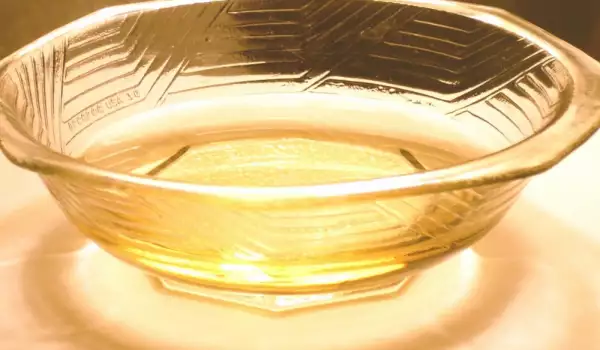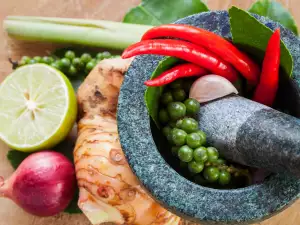Mirin is a Japanese condiment containing about 14% alcohol. To make mirin, they mix together sauteed husked rice, cultivated rice and shochu (a distilled alcoholic beverage) and leave them to ferment for about 2 months.
Mirin produced following this process is called hon-mirin. This is what's known as "true" mirin. Another type is shio mirin, which also contains salt, and the 3rd kind is mirin-fu chomiryo, which translates as a "seasoning that tastes like mirin." It contains about 1% alcohol but provides the same aroma.
This Japanese seasoning is a clear, slightly golden-tinged liquid. It adds a pleasant sweetness and aroma to many Japanese dishes, especially helping to cover up the smell of fish and seafood.

Mirin use is believed to have begun more than 400 years ago. Although it was used as a drink in the beginning, today it's used only in cooking because the beverage turns out too thick and sweet.
In essence, mirin is a kind of rice wine, similar to sake, but with a lower alcohol content and higher sugar content. Its sweet taste creates a pleasant contrast when used in tandem with salty sauces.
Together with soy sauce, this sweet wine is one of the main ingredients in traditional Teriyaki sauce. It's also used to finish off many Japanese soups, including miso soup.
Mirin is a universal seasoning that goes well with just about everything - from meat and fish to vegetables and tofu. It's a nice complement to French fries and marinades and due to its sugar content it provides an eye-catching glaze to veggies, meat and fish.
When used in cooking, keep in mind that it has a strong taste, which is why it needs to be used in small amounts.




















Comments